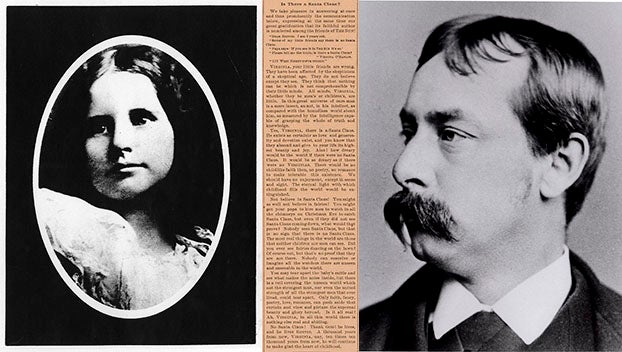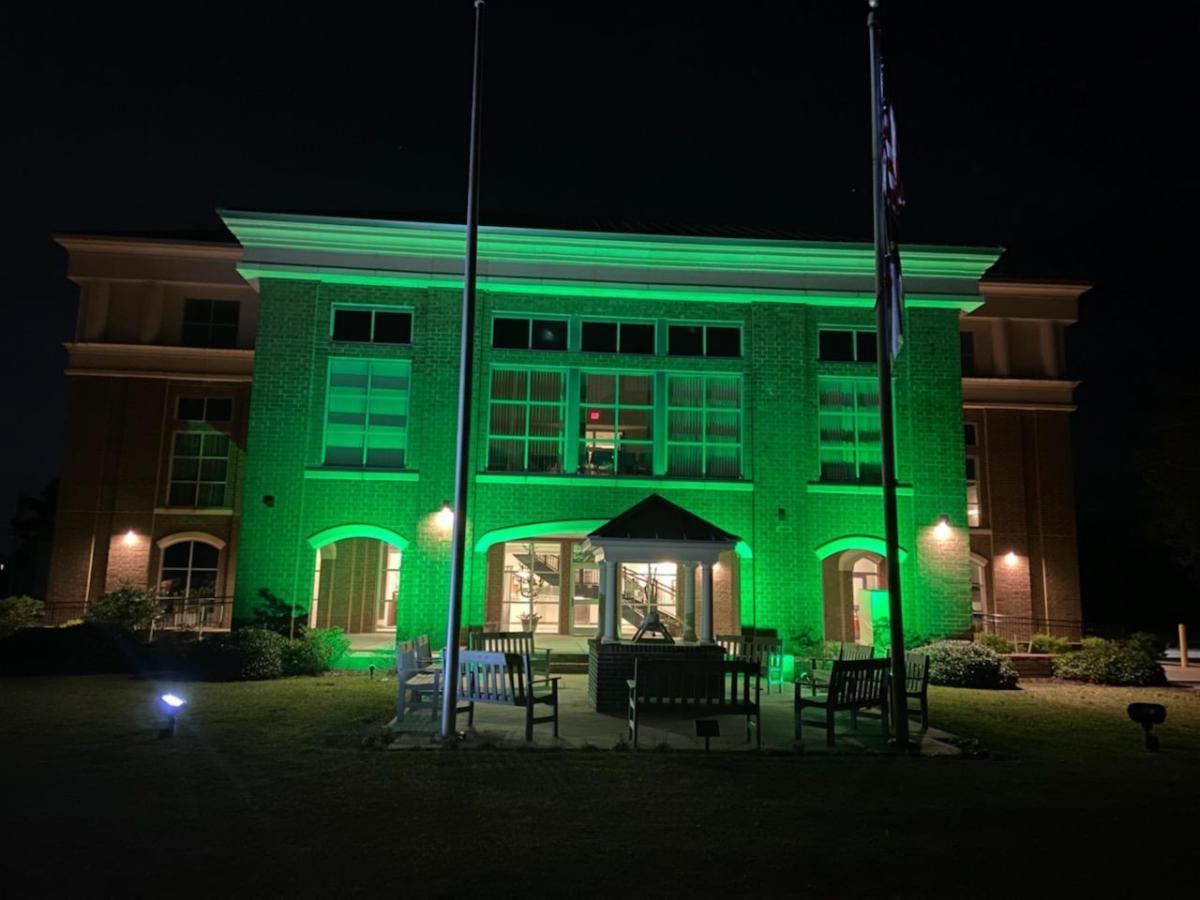The ingredients make the recipe
Published 11:41 am Wednesday, January 14, 2015
In a bygone era, Washington’s downtown wasn’t just thriving, it was the center of an entire community. There were grocery stores and department stores, jewelers and sporting goods stores, diners, drug stores, doctors’ offices, law offices and more. If business was to be done, it was done downtown.
Enter the latter part of the 20th century and malls became the rage. Business was drawn away — to strip malls and shopping centers. Shoppers went to the big malls in Greenville and the smaller one in Washington. And downtown suffered: stores closed, buildings shuttered. A few remained. Somehow, they stuck it out and managed to thrive even as shoppers were driving away from downtown. Many more business owners over the years have attempted to make a home of Main, Market and Water streets, to varying success.
Now another business in downtown Washington may go: the Inner Banks’ Artisans Center, an emporium of art; a place filled with working studios where visitors can see art in the making, talk to the artists and pick up a piece— a photograph, a painting, jewelry, pottery, a hand-dyed silk scarf — you name it, the Artisans’ Center likely has it. In foreclosure, the building will sold be sold tomorrow at 11 a.m. on the Beaufort County Courthouse steps. Until a buyer comes forward, the question of whether the Artisans’ Center will remain goes unanswered.
And having an answer to that question is important. So many people have thrown their hard work and effort into recapturing the downtown of yore. It’s not because they’re particularly nostalgic, it’s because they know what it takes to draw the crowds that can be found in similar towns like Edenton, like New Bern, or in much larger cities like Charleston and Savannah. It takes shopping. It takes dining. And it takes art. Walk down those city streets and it goes something like this: boutique, restaurant, gallery, boutique, restaurant, gallery. And repeat.
It’s a recipe for success. But of those three ingredients, it could be said that the gallery is the most important, simply because it doesn’t demand investment on the part of visitors. Every gallery is a miniature museum, an offering not of generic art, but specific, local art made by the people of a given place. Yes, gallery owners need sales to survive, and the more traffic, the better the possibility. But galleries also provide a service — an ability to browse at leisure a view into a way of life. And it’s one that’s affordable for everyone. It does not discriminate because a person does not have $300 to spend on that watercolor painting of the river.
Should the Inner Banks Artisans’ Center be no more, should its artists lose their leases, there will be one less downtown draw. One less place to stroll by, and be drawn into because it’s filled with interesting things and the interesting people who make them. One less key ingredient in a recipe that’s been in the making for a long time. And that would be unfortunate for all.




